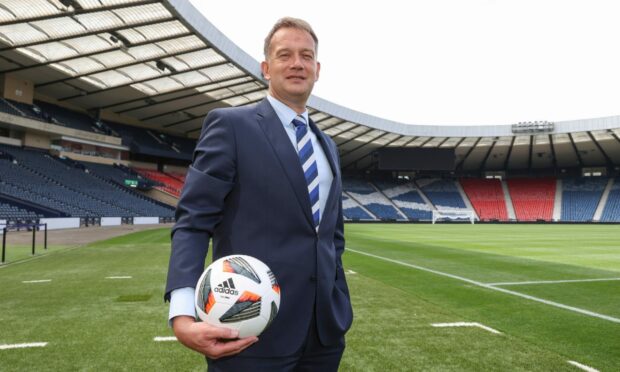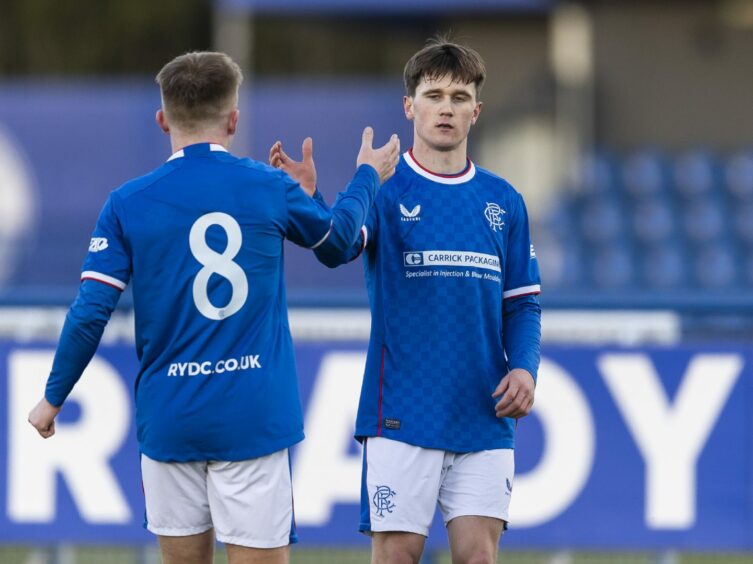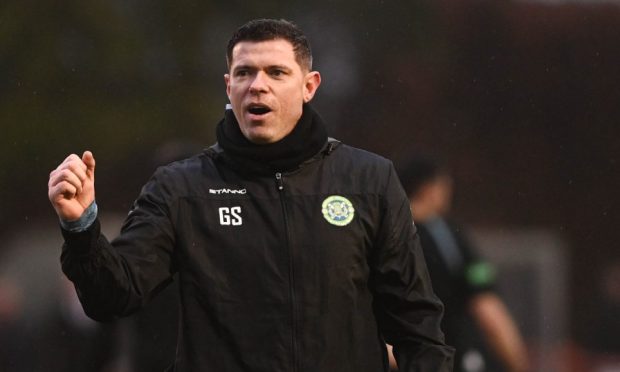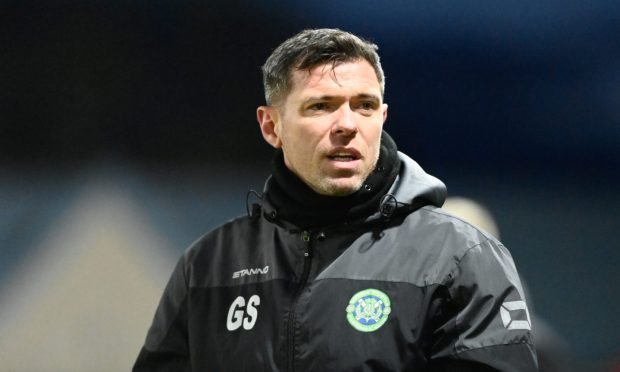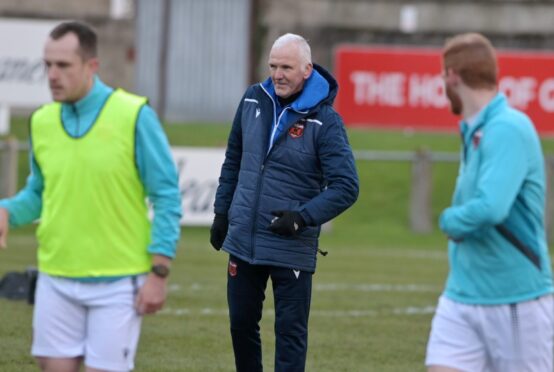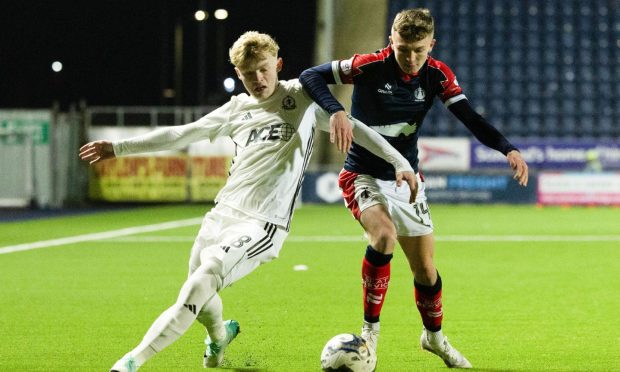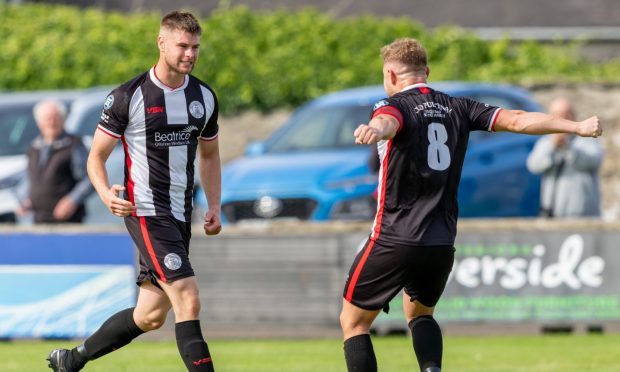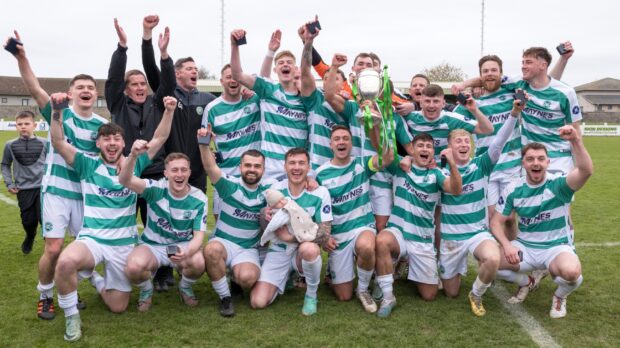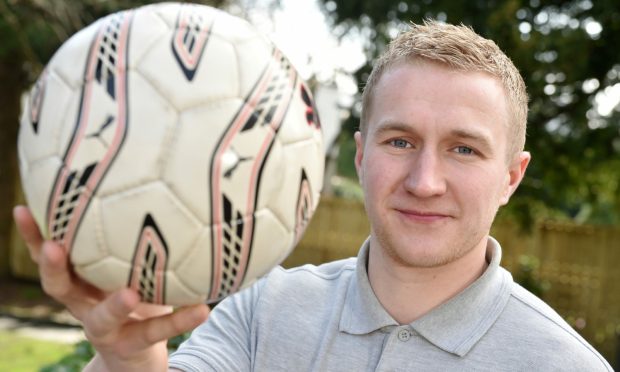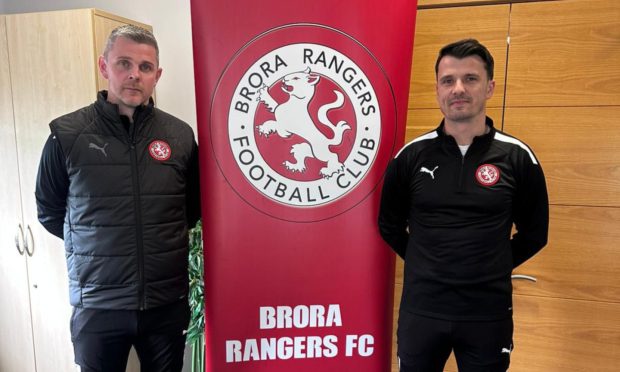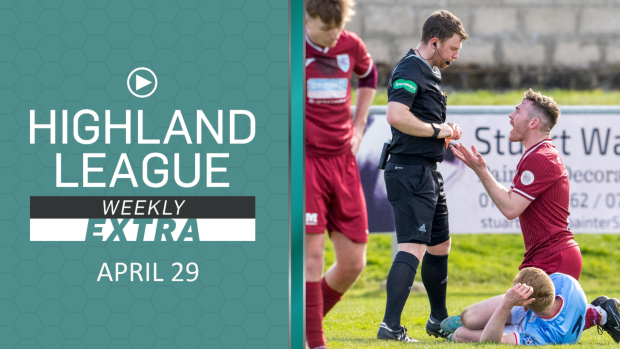Scottish FA chief executive Ian Maxwell says the Conference League proposal was pulled to avoid a divisive vote on the matter – but admits the issue of B teams could be revisited.
SFA member clubs had been due to vote on the plan for a new fifth tier between the SPFL and the Breedon Highland League and Lowland League at Tuesday’s Hampden AGM.
However, the proposal was dramatically withdrawn on Monday night after significant public opposition to the plan for the new tier, which would have featured Premiership B teams and sides from the Highland and Lowland Leagues.
Hampden chief Maxwell believes the concept could have developed better players for the national team if some of the country’s top young players had been pitted against experienced players at an early age.
He said: “It was withdrawn because we didn’t want to have a divisive vote on it.
“It’s worth pointing out this has been a Scottish football plan from a player development perspective.
“I know it was a Scottish FA resolution but that’s because those things need to happen through that mechanism.
“There is a process, but that doesn’t mean it was the Scottish FA who were necessarily the only ones who wanted it to happen.
“Player development is a hot topic for clubs – for us from a national team perspective.
Not one fix to player development
“Spectators want to see homegrown players develop. They love nothing better than seeing one of their own – as they call it – playing for their team.
“The SPFL had the Deloitte review which was commissioned by Aberdeen, Hearts, Hibs, Dundee and Dundee United.
“B teams and player development was a key strategic priority within that.
“There’s been a lot of engagement. We did that through the pyramid working group. We thought the resolution was the right thing to take forward.
“The feedback we got was that wasn’t the case. Rather than go for a vote that could have been divisive and lead to further problems.
“The board took the view that the most appropriate thing at this point was to take it off the table, go back and engage again with clubs and stakeholders and see what that player development pathway looks like going forward.
“There’s not a one size fits all solution to player development.
“We’ve got clubs at the top end of the Premiership turning over £100m plus and clubs at the bottom end turning of £3m or £4m.
“They have the resources to do different things. Player development is difficult to get right and there’s not one solution that will fix the problem for Scotland and clubs within Scotland.
“There obviously has to be bit more engagement and a bit more understanding across the game as to what we’re trying to do.
“There are 270-odd clubs in the football pyramid. Finding a solution to suit 270 different teams is a big ask but that’s the job ahead of us.
“In the pyramid working group, we had SPFL, Highland, Lowland, West of Scotland, East of Scotland, South of Scotland – they were all represented.
“We had a number of debates about Conference Leagues and B teams and it came from that group.
“Obviously the feedback we were receiving was that it’s not going to be passed.
“Rather than jeopardise potential discussions and harm relationships, the best thing is to withdraw it and discuss from there.”
Tough to take holistic approach
Maxwell – a former chief executive of Partick Thistle – can understand why clubs disagreed with the Conference League idea.
There was dismay from many below the SPFL who would have been demoted a tier by its introduction.
He added: “Every football club you ask to look at anything does so through their own lens.
“They do it through their ‘what does this mean for me?’ glasses which I get because I was at a club and it is difficult to take a more holistic approach.
“When you are at the association then it is more straightforward and easier as you don’t have the club focus.
⚽ ⚽ SFA Conference League Proposal Update⚽ ⚽
BTFC have reviewed the poll that was submitted on FB on the 6th May 2023 regarding the SFA's proposal to introduce a Conference League.
We can confirm that BTFC will be submitting a NO vote at the SFA AGM to be held next week.— Buckie Thistle FC (@BuckieThistle) May 31, 2023
“Clubs are entitled to their opinion. It is a democracy and the democracy we have has shown the resolution wouldn’t pass so we have to look at it again in the future.
“Clubs do see the benefits. Us qualifying for the Euros has a massive impact across the country.
“Sometimes there is a club-centric view on proposals and I can understand that.
“Clubs are going to make their own mind up. We can’t change that.”
